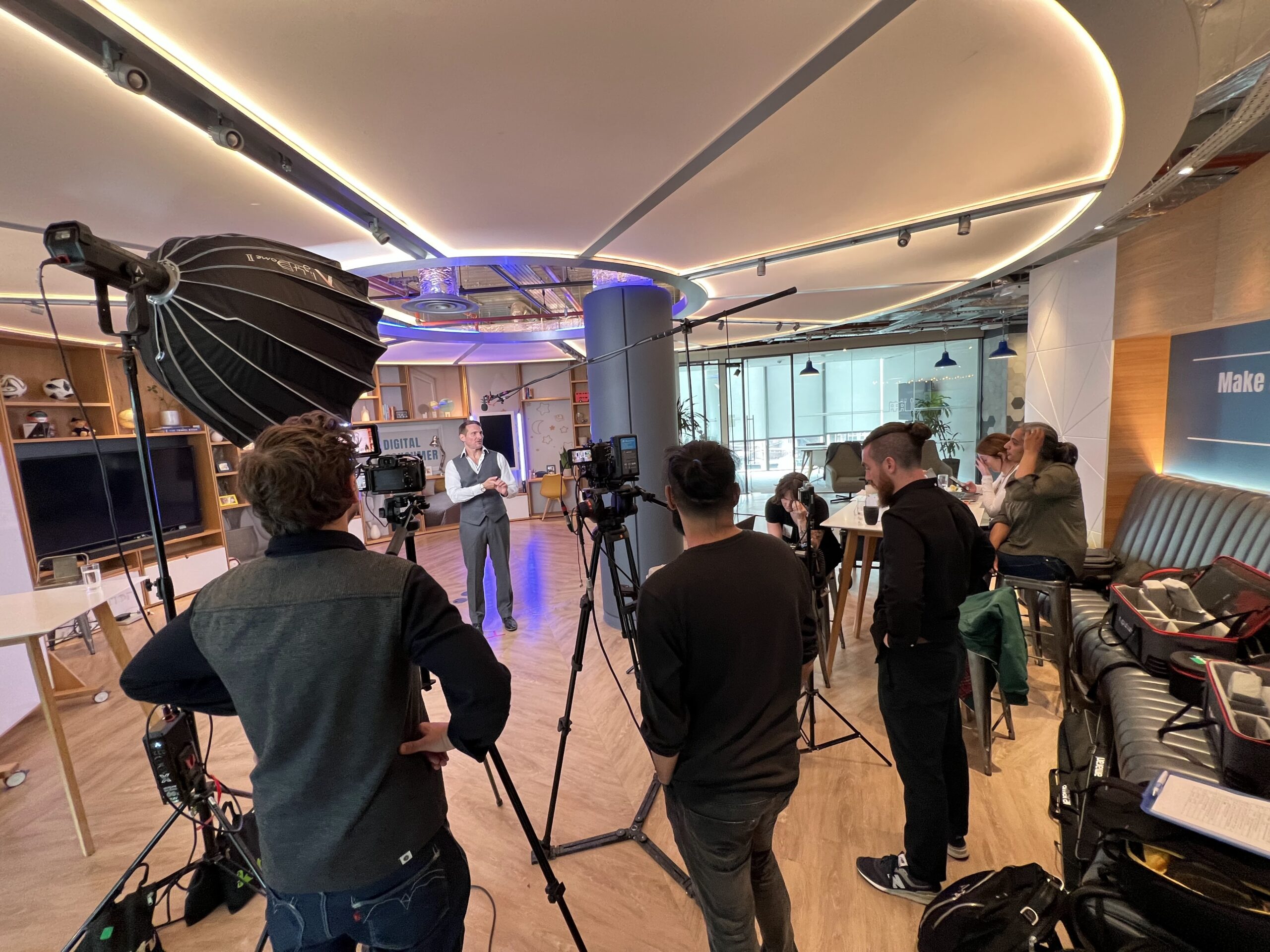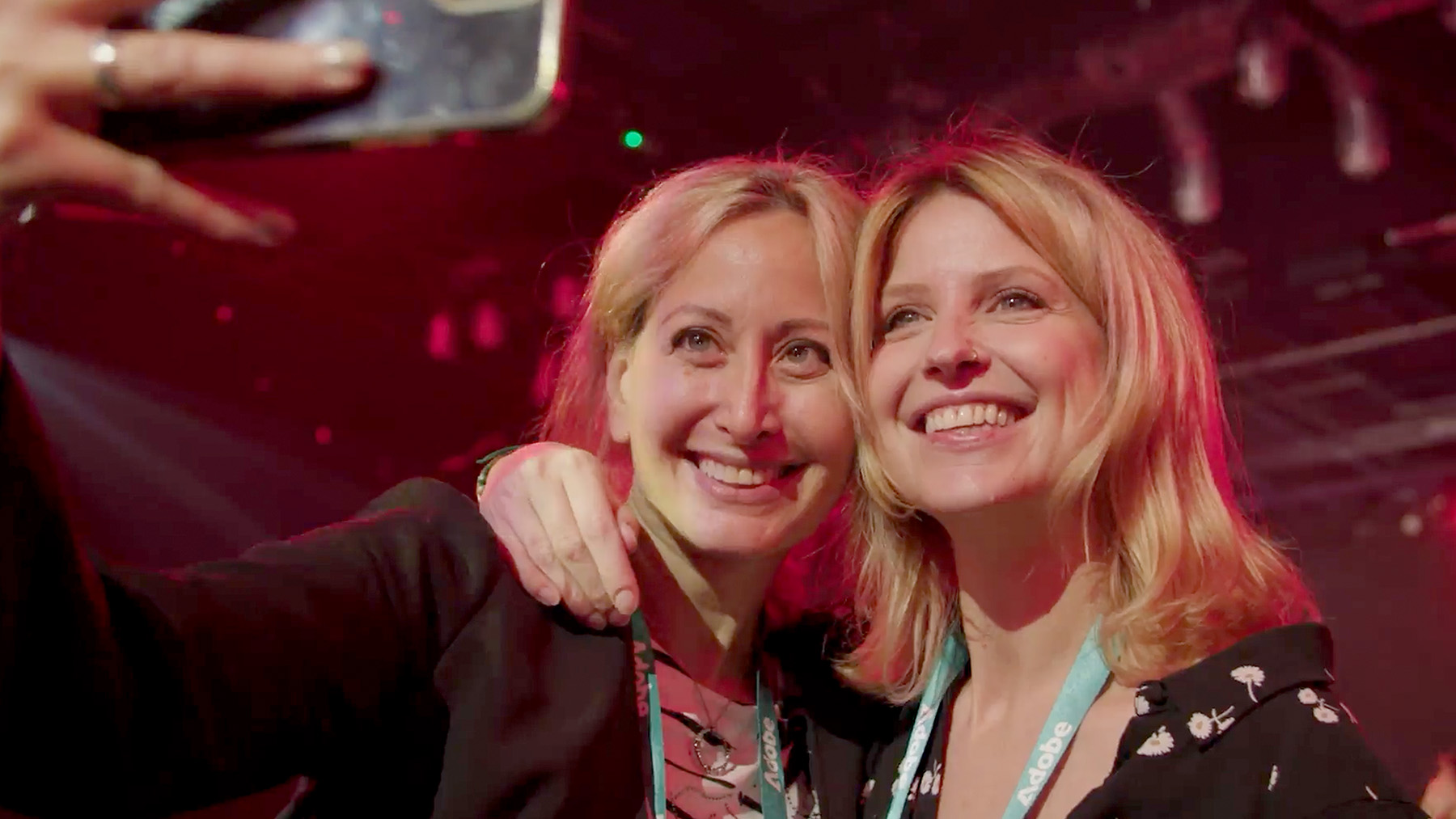Only as good as the information you start with
When commissioning explainer content, the output will only be as good as the information that you give to the production team. Too little information or ambiguity and your audience will be left in the dark, more confused than when they originally watched the video!
To clarify, explainers are videos that educate an audience on a product or process. They’re the perfect tool for creating clarity from complexity and they perform best when they’re simple, understandable and engaging. To get there, you have the right people in the room at the very beginning of the project. So who do you need and what do you need to do with them?
Uncover the facts with a discovery call
What’s it about?
A discovery call is usually led by the team who is producing the final asset – it could be an agency or an internal team if the production is in-house. They gather together everyone mentioned above, and all of the details around the product/process are discussed to ensure they have all the information they need to do a great job.
Questions can include:
- Who is the product/process for?
- How do they benefit?
- Is there a process to follow to achieve success? Give us all the detail!
- Are there any difficult points? If so, what?
Who needs to be on it?
The relevant agency folk, then from client side, the project owner/manager plus all of the relevant subject matter experts. This includes the people who really understand the product/process you’re trying to explain. Ideally there are varying levels of seniority on the call. A junior member of the team may know the process inside out, whereas someone more senior may be able to give the details around long term benefits/goals/strategy.
Why are we doing this?!
It’s vital that whoever is producing the explainer for you has as much information as possible. Whilst they may know some surface level information, they’re about the narrative and creative – they need the support of SMEs to craft the story and produce the content.
Top tips
- It’s very easy for an SME to presume knowledge – they’re the expert after all. Try and shift perspectives to that of a complete novice
- Use AI note taking tools so everyone can focus on conversation, rather than note taking
- There are no silly questions!
Always start from a presumption that the audience has zero knowledge on the subject, even if you know they have. This may sound like additional work, but it may uncover elements that upon reflection, are really useful for the audience to understand and gives the production team a solid base to start from.
It doesn’t stop there!
Communicating a complex process in a visually engaging way so that the audience understands it isn’t easy. Take the time at the early stage of the project to ensure that all parties involved in the project get it. In a future post we’ll refresh ourselves on the animation process but for now, here’s a lovely looking explainer we did for our friends at Kalibrate.




